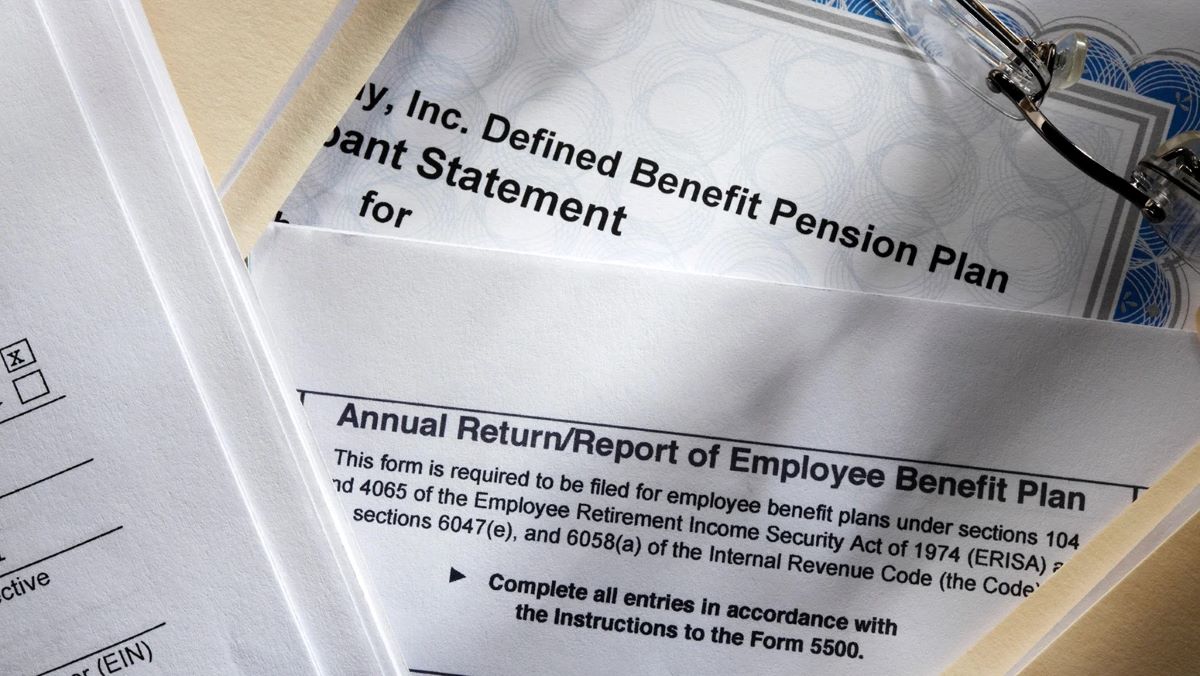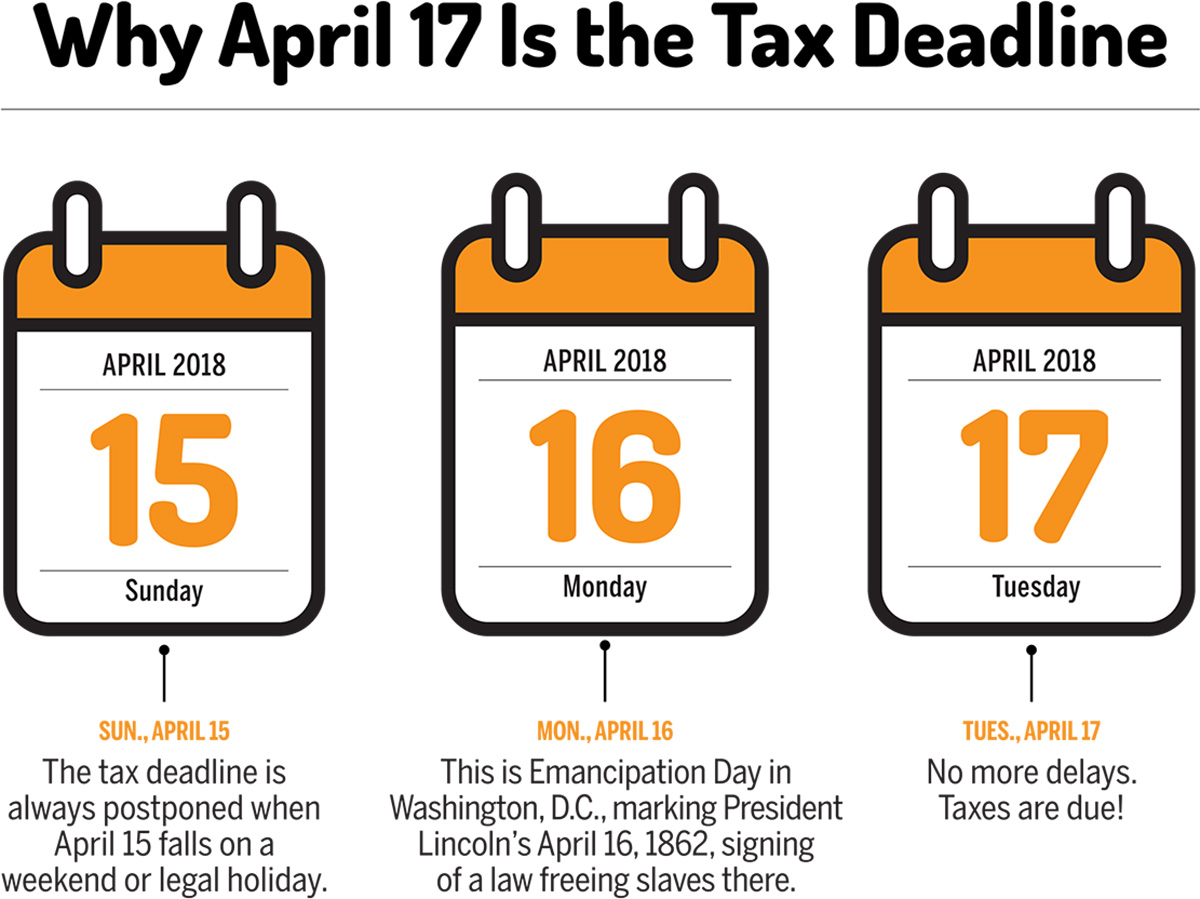

Finance
When Does NJ State Pension Funds Update?
Modified: February 6, 2024
Stay informed about the latest updates to NJ state pension funds. Discover important finance-related information and stay ahead in managing your finances.
(Many of the links in this article redirect to a specific reviewed product. Your purchase of these products through affiliate links helps to generate commission for LiveWell, at no extra cost. Learn more)
Table of Contents
Understanding the New Jersey State Pension Funds Update Schedule
Introduction
New Jersey's state pension funds play a crucial role in supporting retired public employees, ensuring their financial security after years of dedicated service. The management and oversight of these funds are of paramount importance, as they directly impact the livelihoods of countless individuals. Therefore, understanding the update schedule for the New Jersey State Pension Funds is essential for both current employees and retirees. This article aims to shed light on the frequency of updates to the state pension funds and the implications of these updates.
The New Jersey State Pension Funds encompass various retirement systems, including the Public Employees' Retirement System (PERS), the Teachers' Pension and Annuity Fund (TPAF), the Police and Firemen's Retirement System (PFRS), and the State Police Retirement System (SPRS). These funds serve as a financial safety net for public employees, providing them with a source of income during their retirement years.
Understanding the update schedule for these pension funds is crucial for several reasons. Firstly, it allows current employees to stay informed about the performance and status of their retirement savings. Additionally, retirees rely on these updates to ensure the stability and sustainability of their pension benefits. Moreover, taxpayers and policymakers need to be aware of the update frequency to assess the overall health and management of the pension funds.
By delving into the frequency of updates and the implications thereof, this article aims to provide valuable insights for all stakeholders involved. Whether you are a public employee contributing to the pension funds, a retiree receiving pension benefits, or a concerned taxpayer, understanding the update schedule for the New Jersey State Pension Funds is essential for making informed decisions and planning for the future.
Understanding NJ State Pension Funds
The New Jersey State Pension Funds are a cornerstone of the state’s public sector retirement system, designed to provide financial security for public employees upon their retirement. These funds are comprised of various retirement systems, each tailored to specific groups such as public employees, teachers, police and firemen, and state police.
The Public Employees’ Retirement System (PERS) caters to a wide range of public employees, including state and local government employees, while the Teachers’ Pension and Annuity Fund (TPAF) is dedicated to educators in the state. The Police and Firemen’s Retirement System (PFRS) serves the retirement needs of law enforcement and fire suppression personnel, and the State Police Retirement System (SPRS) is specifically for members of the New Jersey State Police.
Contributions to these pension funds are made by both employees and employers, with the funds being invested to generate returns that support the pension benefits. The management of these funds involves strategic investment decisions aimed at ensuring long-term sustainability while meeting the financial obligations to retirees.
Understanding the structure and operation of the New Jersey State Pension Funds is crucial for all stakeholders. Employees need to comprehend how their contributions translate into future retirement benefits, while retirees rely on these funds as a primary source of income during their post-employment years. Additionally, taxpayers and policymakers monitor the management of these funds to ensure fiscal responsibility and the fulfillment of pension obligations.
As such, the New Jersey State Pension Funds are not only a financial mechanism but also a vital component of the state’s social and economic landscape. The stability and effective management of these funds are essential for upholding the commitment to public employees and retirees, as well as maintaining the overall financial health of the state.
Frequency of Updates
The frequency of updates to the New Jersey State Pension Funds is a critical aspect that directly impacts the transparency and accountability of the pension system. These updates encompass various elements, including financial performance, actuarial assessments, and legislative changes that may affect the funds’ management and sustainability.
Typically, the New Jersey State Pension Funds undergo regular updates to provide stakeholders with comprehensive insights into the status and performance of the pension system. These updates often include the release of annual financial reports, which detail the investment returns, asset allocation, and funding levels of the pension funds. Additionally, actuarial valuations are conducted periodically to assess the funds’ ability to meet their long-term obligations based on demographic and economic factors.
Legislative changes and reforms also contribute to the frequency of updates, as new laws or policies may impact the governance and administration of the pension funds. For instance, adjustments to contribution rates, retirement age, or cost-of-living adjustments necessitate timely updates to ensure compliance and alignment with the evolving regulatory landscape.
Furthermore, updates related to the investment strategy and portfolio management of the pension funds are crucial for stakeholders to gauge the effectiveness of the fund’s asset allocation and risk management practices. These updates offer transparency regarding the fund’s investment decisions, performance benchmarks, and efforts to optimize returns while mitigating risks.
The frequency of updates to the New Jersey State Pension Funds is designed to foster transparency, accountability, and informed decision-making among stakeholders. By providing regular and comprehensive updates, the pension system aims to uphold its commitment to public employees and retirees while adhering to regulatory requirements and best practices in fund management.
Overall, the frequency of updates to the New Jersey State Pension Funds serves as a mechanism for maintaining trust and confidence in the pension system, ensuring that all stakeholders are well-informed about the fund’s performance, governance, and responsiveness to evolving financial and regulatory landscapes.
Implications of Update Frequency
The frequency of updates to the New Jersey State Pension Funds holds significant implications for various stakeholders, encompassing public employees, retirees, taxpayers, policymakers, and the overall financial landscape of the state. The timely and comprehensive nature of these updates directly influences decision-making, financial planning, and the assessment of the pension system’s sustainability.
For public employees contributing to the pension funds, the update frequency serves as a means of evaluating the performance and stability of their retirement savings. Timely updates provide employees with insights into the fund’s investment returns, funding status, and potential impacts on future pension benefits. This transparency empowers employees to make informed decisions regarding their financial planning and long-term retirement goals.
Retirees relying on pension benefits also benefit from the update frequency, as it offers visibility into the fund’s ability to meet its obligations and sustain regular disbursements. The updates enable retirees to assess the financial health of the pension system, thereby providing reassurance and confidence in their post-employment income.
From a taxpayer and policymaker perspective, the implications of update frequency are multifaceted. Regular updates facilitate informed assessments of the pension funds’ management, funding levels, and adherence to regulatory requirements. This, in turn, aids in ensuring fiscal responsibility, identifying areas for reform or improvement, and maintaining the state’s financial integrity.
Furthermore, the update frequency directly influences the public perception of the pension system’s transparency and accountability. By providing timely and comprehensive updates, the pension system demonstrates its commitment to openness, responsiveness, and proactive communication with stakeholders. This, in turn, fosters trust and confidence in the management and governance of the pension funds.
Overall, the implications of update frequency extend beyond mere financial reporting, encompassing the broader realms of trust, confidence, and informed decision-making. By upholding a consistent and transparent update schedule, the New Jersey State Pension Funds contribute to the financial well-being and peace of mind of public employees and retirees, while also promoting responsible governance and fiscal stewardship at the state level.
Conclusion
The update schedule for the New Jersey State Pension Funds holds immense significance for all stakeholders involved, ranging from public employees and retirees to taxpayers, policymakers, and the overall financial landscape of the state. By understanding the frequency of updates and the implications thereof, individuals can make informed decisions, plan for the future, and contribute to the sustainability and accountability of the pension system.
Transparency, accountability, and proactive communication are integral components of the update frequency, as they foster trust and confidence among public employees and retirees. Timely updates provide employees with insights into the performance and stability of their retirement savings, empowering them to make informed decisions about their financial planning and long-term retirement goals. Similarly, retirees rely on these updates to assess the fund’s ability to meet its obligations and sustain regular disbursements, thereby providing reassurance and confidence in their post-employment income.
From a broader perspective, the update frequency influences the public perception of the pension system’s transparency and accountability. By providing regular and comprehensive updates, the pension system demonstrates its commitment to openness, responsiveness, and proactive communication with stakeholders. This, in turn, fosters trust and confidence in the management and governance of the pension funds.
Moreover, the implications of update frequency extend to taxpayers and policymakers, aiding in informed assessments of the pension funds’ management, funding levels, and adherence to regulatory requirements. This, in turn, supports fiscal responsibility, identifies areas for reform or improvement, and maintains the state’s financial integrity.
Ultimately, the update schedule for the New Jersey State Pension Funds serves as a mechanism for maintaining trust and confidence in the pension system, ensuring that all stakeholders are well-informed about the fund’s performance, governance, and responsiveness to evolving financial and regulatory landscapes. By upholding a consistent and transparent update schedule, the pension system contributes to the financial well-being and peace of mind of public employees and retirees, while also promoting responsible governance and fiscal stewardship at the state level.














